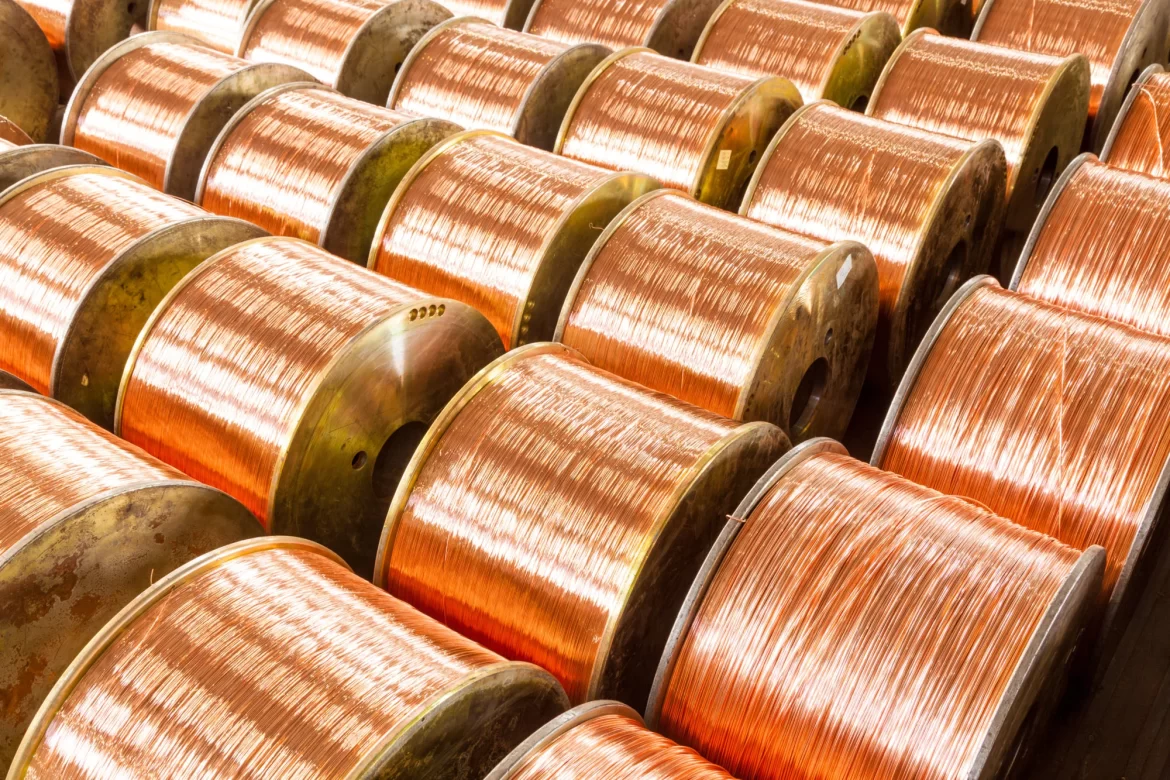Trade between the United States and sub-Saharan Africa is in the doldrums despite a 2000 US law designed to boost access to the American market, a conference in Ivory Coast has been told.
The African Growth and Opportunity Act, which in 2015 was extended to 2025, provides tariff-free access on 6,500 products to 39 countries, ranging from oil and agricultural goods to textiles, farm and handicrafts.
Trade quadrupled in value from 2002 to 2008, a year when it reached $100 billion, but fell back in 2017 to just $39 billion, according to figures compiled by the US agency USAID.
The surplus is widely in Africa’s favor, but most exports to the US are in oil or petroleum-based products, not the industrialized goods that provide a value-added boost to local economies.
“I do not think that AGOA has been the game-changer for many countries on the continent that we hoped it would be,” Constance Hamilton, assistant US trade representative for Africa, told the 18th AGOA Forum, ending in the Ivory Coast’s economic capital Abidjan on Tuesday.
“AGOA has not led to the trade diversification for which we originally hoped,” she said in remarks on Monday.
“Petroleum products continued to account for the largest portion of AGOA imports, with a 67 percent share,” Hamilton said.
“And the volume of AGOA trade remains modest. In the AGOA clothing sector, for example, we get about $1 billion per year from Africa,” he said, adding that this amounted to just one percent of all US clothing imports.
The United States is Africa’s third biggest trade partner after the European Union and China. But Africa attracts only about one percent of all US foreign investment








